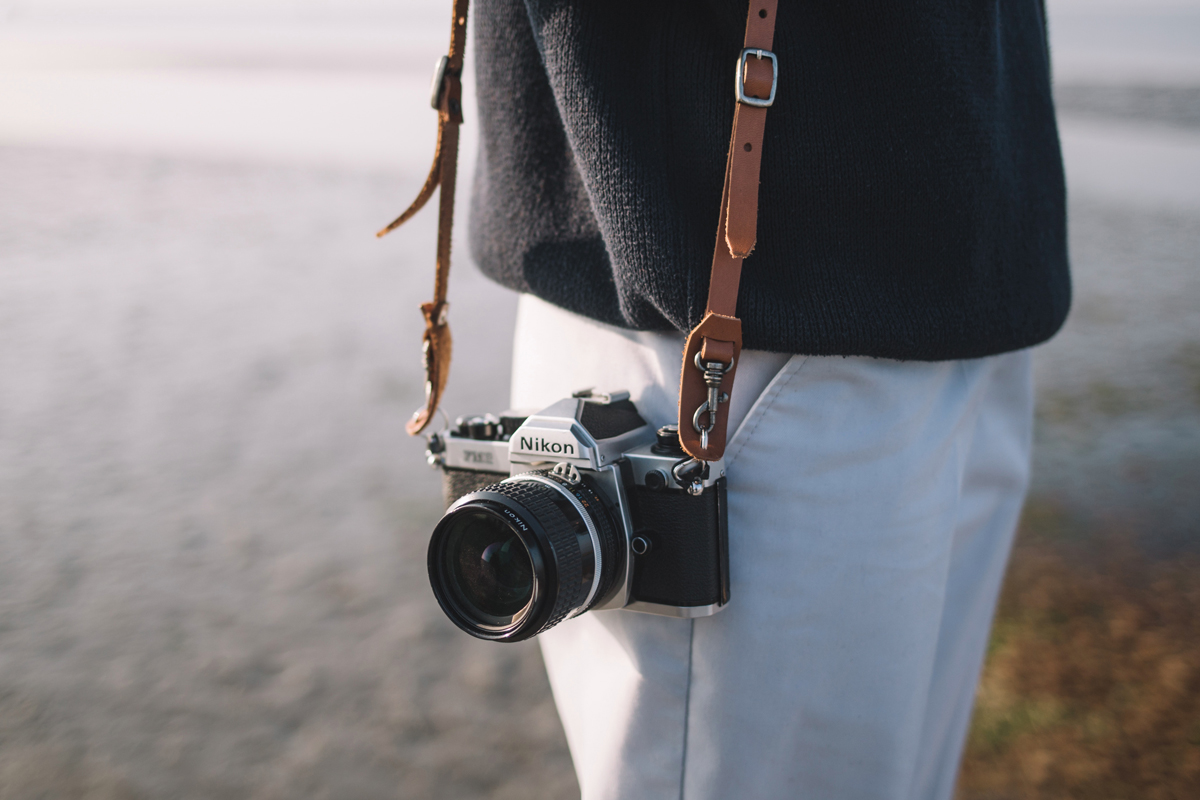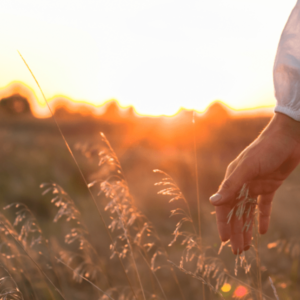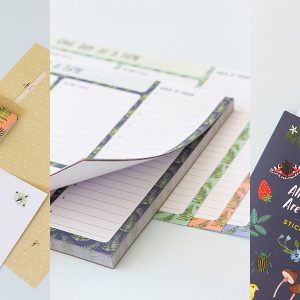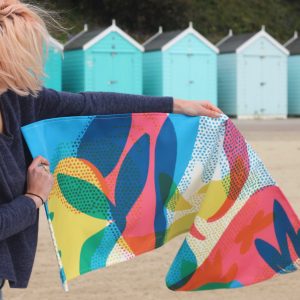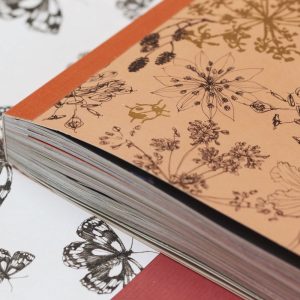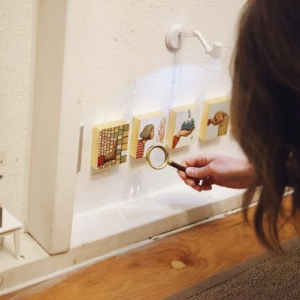Do we really need 712 photographs from a single vacation or year in a child’s life? Journalist Sjoukje van de Kolk finds that one album is more than enough.
Ever since digital photography came onto the scene, the sky has been the limit. Even when we shot and developed rolls of film, I hardly ever got around to sticking all of my travel photos into albums, but since the simultaneous arrival of my children and digital photography, I’ve completely lost all control. But are all those phones and laptops full of photos ultimately making us happy?
Well, no. Because although it’s fun to take the photographs, once you have, they weigh on your mind: You have to select your favorites to print, or use that great software to make an album.
You feel you have to organize them into folders by year or by child. But you don’t even get around to that. And when it comes to the children themselves, you wonder whether they’re really going to be that pleased to have 15,980 photos of themselves. Or 36 albums of them blowing out candles, being in a school play or just sitting at the table looking cute.
Els Jacobs, a cultural anthropologist and professional organizer, recommends giving your child one album when they leave home—a kind of record of their childhood, a memento of the time they lived with you. But only one album. Not fifteen. And not a USB stick with thousands of photos. “It is precisely the limitation that makes a photo album special,” Jacobs says. “As a result, the story of your childhood is going to live far more in your mind than if every detail was recorded on a photo.
If you have an ‘airy’ photo album, one that has empty spaces in it, it gives you room for your own thoughts and feelings while you look at it. And if you want to know more, you go talk to your siblings, aunts or a former neighbor. The nice thing about an album with ‘gaps’ in it is that stories can be told to fill those gaps.”
Wibo Koole, a mindfulness trainer, mentions another good reason to take fewer photos: If you’re constantly taking photographs, he says, you’re always taking the perspective of an observer. “Often we’re so busy taking pictures, that we forget to enjoy where we are in the moment—the smell, the taste, our surroundings,” he says.
“Taking pictures is fun, but it’s even more fun to just look around and experience what you see. That’s what adds quality to life. Take this scenario, for example: You’re walking through the forest and suddenly you see a sunbeam breaking through the trees. Moments like that do something to you.”
“If you’re constantly taking photos, you may have missed such a moment. Or photograph it without experiencing its beauty in the moment. The key question here is: What quality of life do I choose? The photo or the experience?”
According to Jacobs, it’s also good to consider what a photo actually represents. Ultimately, it’s all about the memory. The beauty of photos is that they have the ability to evoke a memory and thus answer our need to look at the past, to muse about what has been or to think about our family history. “You see that in people everywhere; it’s human nature,” she says. “A photograph is a symbol, a carrier of meaning and memory.”
“In the past, people used different symbols for this; for example, a necklace that belonged to a great-grandmother. So I think that photos play a very powerful role in our lives. But the symbolic function is lost when you have far too many of them. Life goes on and all those pictures are only small snapshots, most of which are no longer relevant. So it’s better to limit ourselves to a few meaningful photos and simply not take—or delete—the rest.”
- You can find the whole story ‘Less snap happy; more happy snap’ in Issue 30.
Text Sjoukje van de Kolk Photography Haupes Co./Unsplash.com


